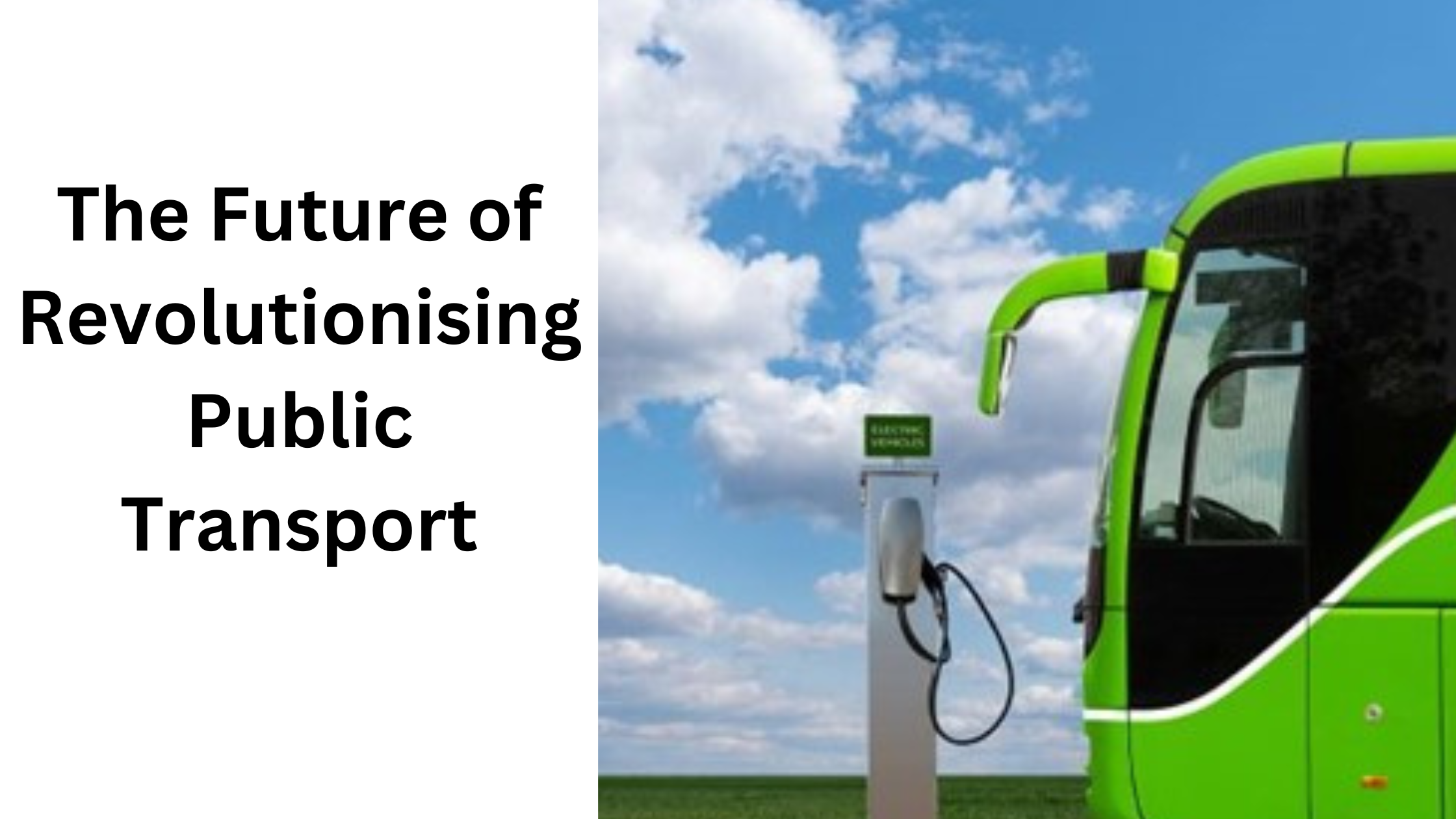Nuno Mendes, Head of Product Management at Stratio Automotive, talks about how transportation companies may use digital tools to boost the effectiveness of public transportation.
Due to the rigorous service level agreements (SLAs) that transportation providers have with Revolutionising Public Transport authorities (PTAs), providers must be able to guarantee a service that operates consistently, without interruption, and at the lowest cost per mile in order to obtain contracts.
Operators risk severe fines that have an effect on the bottom line if the SLAs are not reached. Although dependability and cost effectiveness have always been important components of operator strategy, they are now more important than ever.
One solution to these problems of cost and dependability is digitization. Technology has the ability to upend the established quo in many different industries, creating enormous opportunity to increase productivity and efficiency in public transportation.
Operators are seeking for methods to use data to build an integrated ecosystem that makes their work easier and can help them ensure a dependable, affordable service to satisfy their SLAs with PTAs in order to future-proof transport services.
Digitization difficulties
On the way to digitalization and efficient public transit, there remain obstacles to be overcome, though. Many public transportation companies rely on antiquated systems that aren’t compatible with contemporary digital technology.
It can be difficult to replace or upgrade these systems, which makes it tough to digitize processes. Data silos may be created by transport operators having several systems in place that do not interact with one another.
In the end, this might make it challenging to comprehend operational and maintenance requirements. Additionally, digitizing maintenance and operations procedures can be expensive, especially for smaller transport companies that must spend money on new equipment, infrastructure, and employee development.
Constructing a comprehensive perspective of operations and maintenance
To avoid relying on a single manufacturer, which can result in inconsistencies and data silos, the key to a successful digitization plan will be to provide an integrated perspective of maintenance and operations.
The data that an operator may access has always been constrained by the need to use OEM or third-party gear to acquire vehicle diagnostic data. Owning the whole data collection and being able to show that data uniformly across all bus makes and models in real-time will represent a powerful tool and an operator necessity as data becomes more and more crucial to public transportation efficiency.
So that the data can be properly utilized and transformed into insight, public transportation operators will require a solution that works across all brands and models and can communicate with other systems.
instances of where this may be advantageous to an operator include the on-vehicle data interacting with workshop management systems and charge management systems in the case of electric cars, but there are many more instances available.
All-encompassing predictive maintenance and analytics driven by AI
Public transportation companies may use this comprehensive data collection to provide an integrated view of the fleet’s health and availability across all vehicle types and models.
Service dependability and operating and maintenance expenses can be affected by completely utilizing data and transforming it into insight. While this is crucial for the effectiveness and operation of public transportation, switching to effective electric buses will be necessary. Operators will need to be prepared for this relatively new technology and use data in novel ways.
However, by utilizing the automated gathering and analysis of vehicle data using AI-enabled predictive maintenance, maintenance supervisors are given real-time, actionable insights about specific bus components.
More precise scheduling of maintenance and repairs can increase fleet efficiency and save costs. But most crucially, equipment failure may be avoided in order to lessen downtime, safeguard income, improve customer satisfaction, and uphold SLAs with PTAs.
Predictive maintenance reduces the need for visual inspections by accounting for the normal variances between vehicles allocated to various routes. For example, on a city bus that brakes more often than a long-haul, inter-city transport, bus operators can rely on algorithms to recognize trends in the data collected to estimate when a replacement brake pad will be necessary. Knowing when replacements are required allows for bulk ordering of components and off-peak scheduling of maintenance.
This greatly decreases downtime and its accompanying operational impact, lowers the expenses connected to unexpected or preventive part replacement, and improves the effectiveness of public transportation.
Additionally, there are several ways that predictive maintenance might lessen the inefficient use of labor. Having engineering people on hand to respond to service disruptions costs money, and this is a very evident area where savings may be made. Before scheduling a vehicle for service, you can take care of a flaw if you are aware of an impending occurrence that will prohibit it from functioning.
As a result, less time is lost fixing the car on the road, and in some cases, less money is saved on vehicle recovery. The consumer benefits immediately and saves a lot of money by avoiding the contracting authority’s fines.
Shifting from projections to actual facts
By shifting from estimations to real-time data, breakdowns may be anticipated and prepared for before they happen, and public transportation availability can be increased so that more buses can continue to carry passengers.
In fact, Arriva’s Czech Republic fleet observed a 13.5% improvement in time between failures, a 66% decrease in towing due to vehicle breakdown, and net cost savings of 2%/km/year overall with predictive maintenance.
Of course, the requirement for capable, skilled service people still exists even with an AI-enabled predictive maintenance solution. Instead, technology makes it possible to automate time-consuming, tedious, repetitive processes that are prone to mistake.
The automation of chores like coolant checks, oil changes, and odometer readings frees teams to concentrate on higher-value jobs that benefit the network more. Additionally, the technology may notify engineers preemptively to potential problems, enhancing the effectiveness of intervention planning and public transportation.
Benefits for the environment and safety
In order to further minimize the carbon footprint of road use, predictive maintenance systems may also guide eco-driving techniques and speed up the switch to electric buses.
A variety of continuous improvement techniques may be used using driver metrics to reduce fuel usage. As an illustration, Arriva Czech Republic has saved 942 liters of fuel annually per car. Utilizing the data to improve driver performance has also reduced traffic accidents overall by 47%, making public transportation for passengers more safer.
In order to hasten the transition to electric cars and increase overall public transportation efficiency, Arriva also employs predictive maintenance to track 115 electric buses in The Netherlands. They have been able to overcome difficulties like the significance of battery pack visibility, predictive battery analytics, and utilizing contextual vehicle technical data to generate precise range forecasts thanks to this.
Realization of efficient bus operation and public transportation
The only way for bus companies to correctly provide a service that runs consistently, without interruptions, and at the lowest cost per mile is through predictive maintenance.
Operators may acquire insight that minimizes unexpected downtime, saves money on resources and maintenance, and prevents emergency repairs by utilizing the vehicle data that is at their disposal.
If operators want to guarantee public transportation efficiency and improve their relationships with both passengers and PTAs, they must use the digital stethoscope of predictive maintenance to listen to and monitor bus issues and advance toward the ideal of zero downtime reliability.



